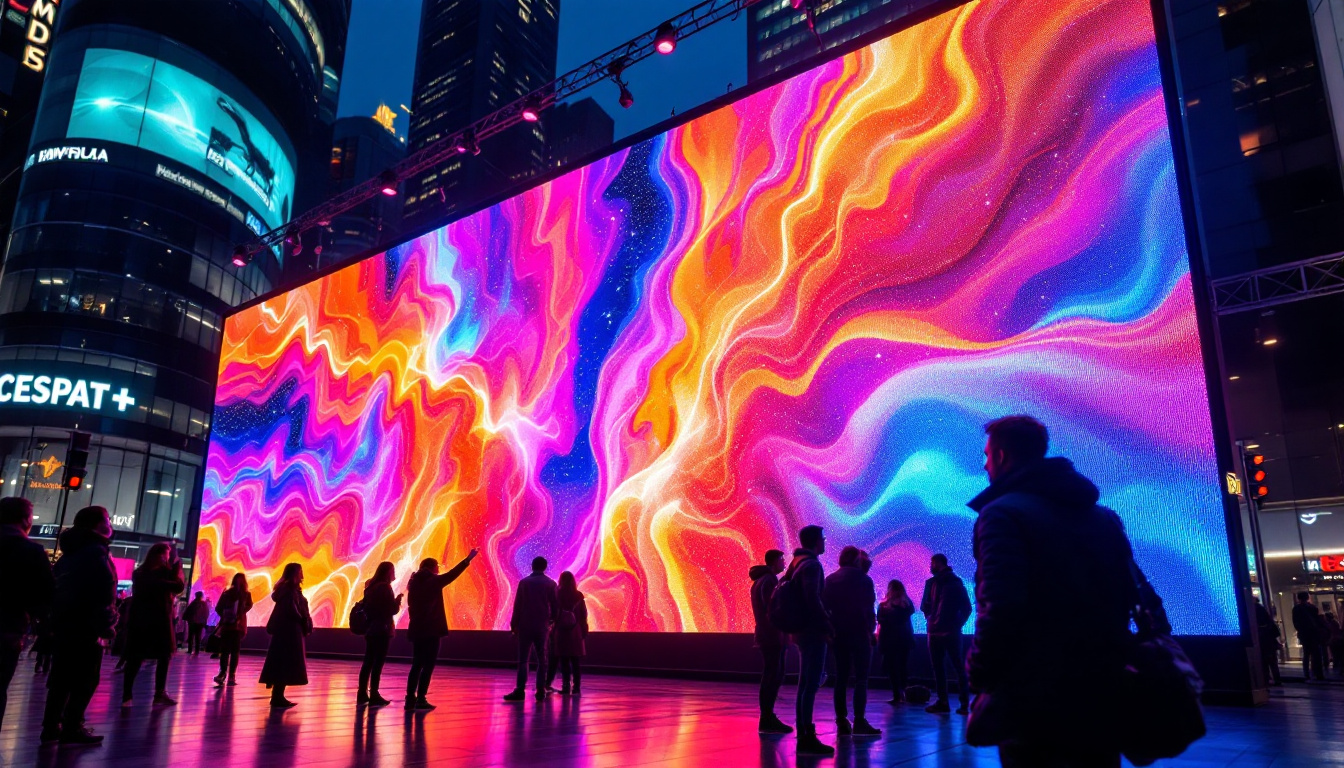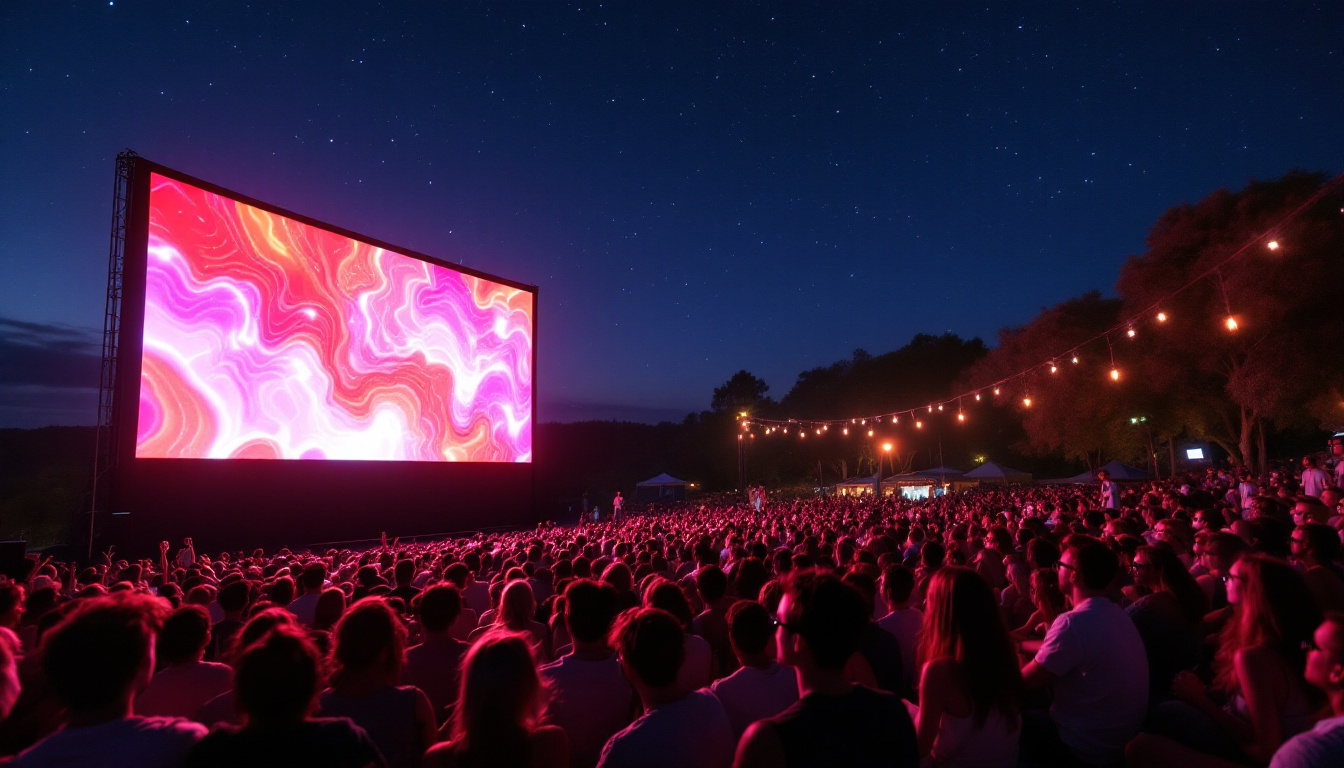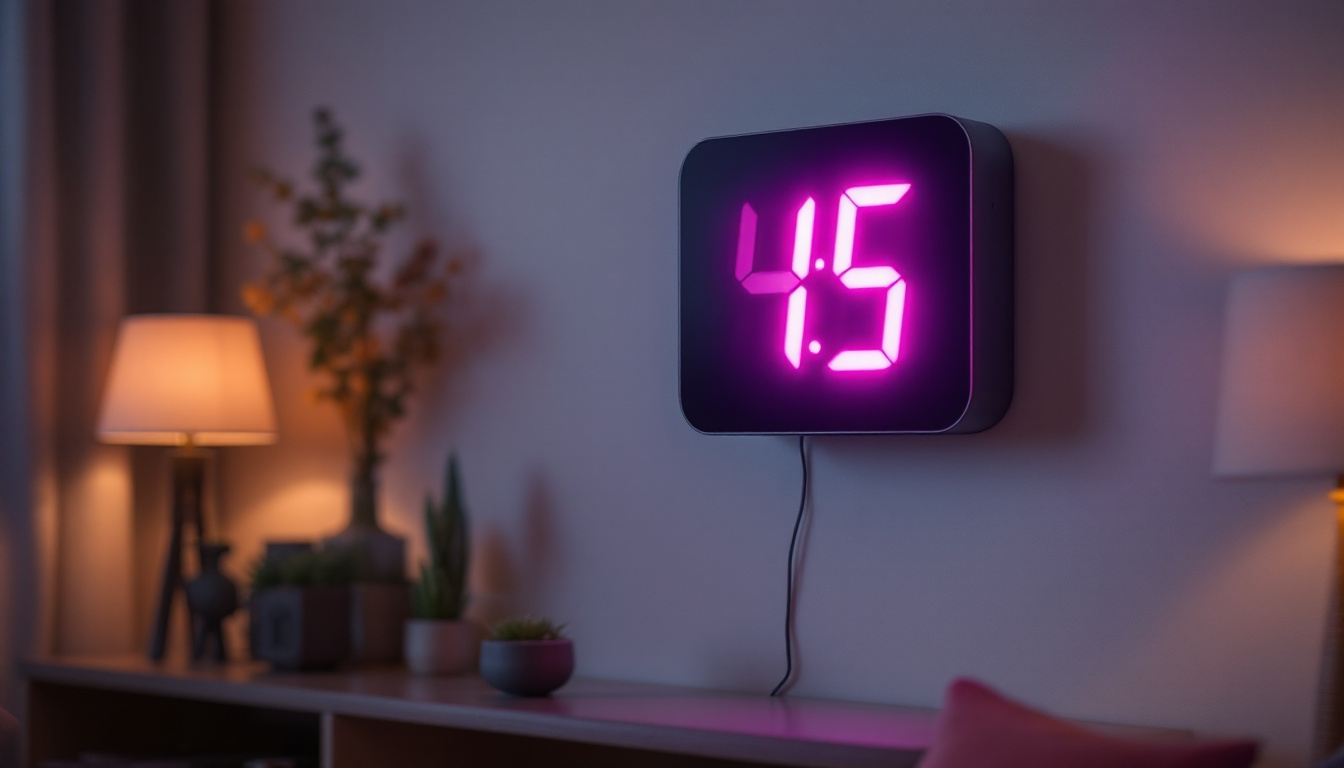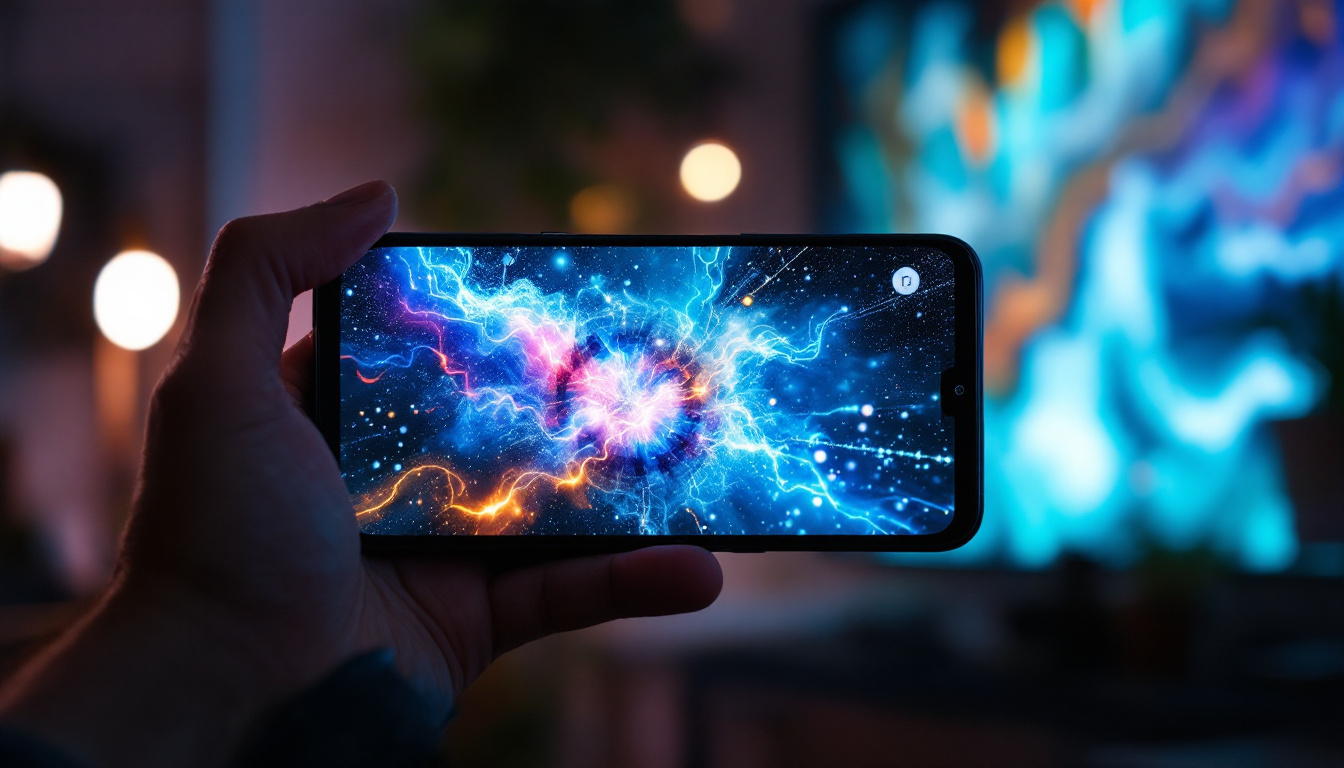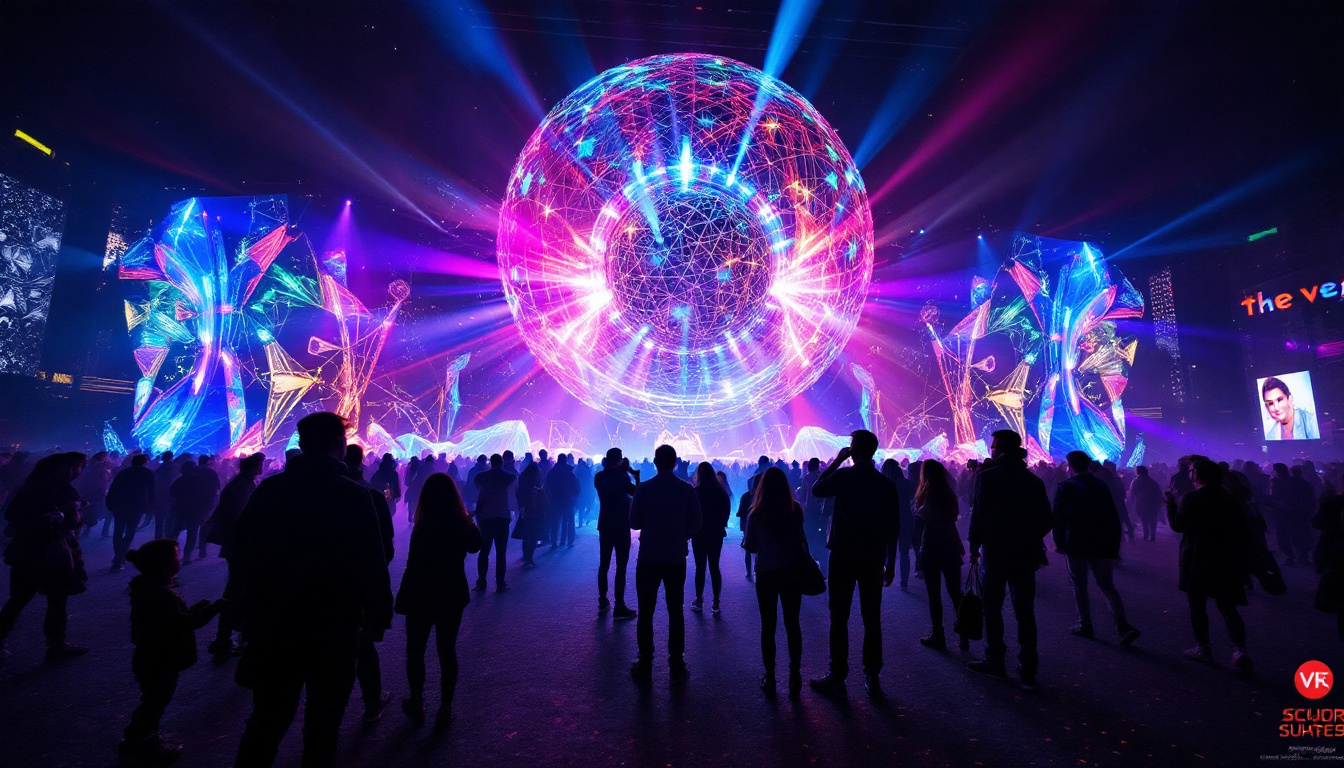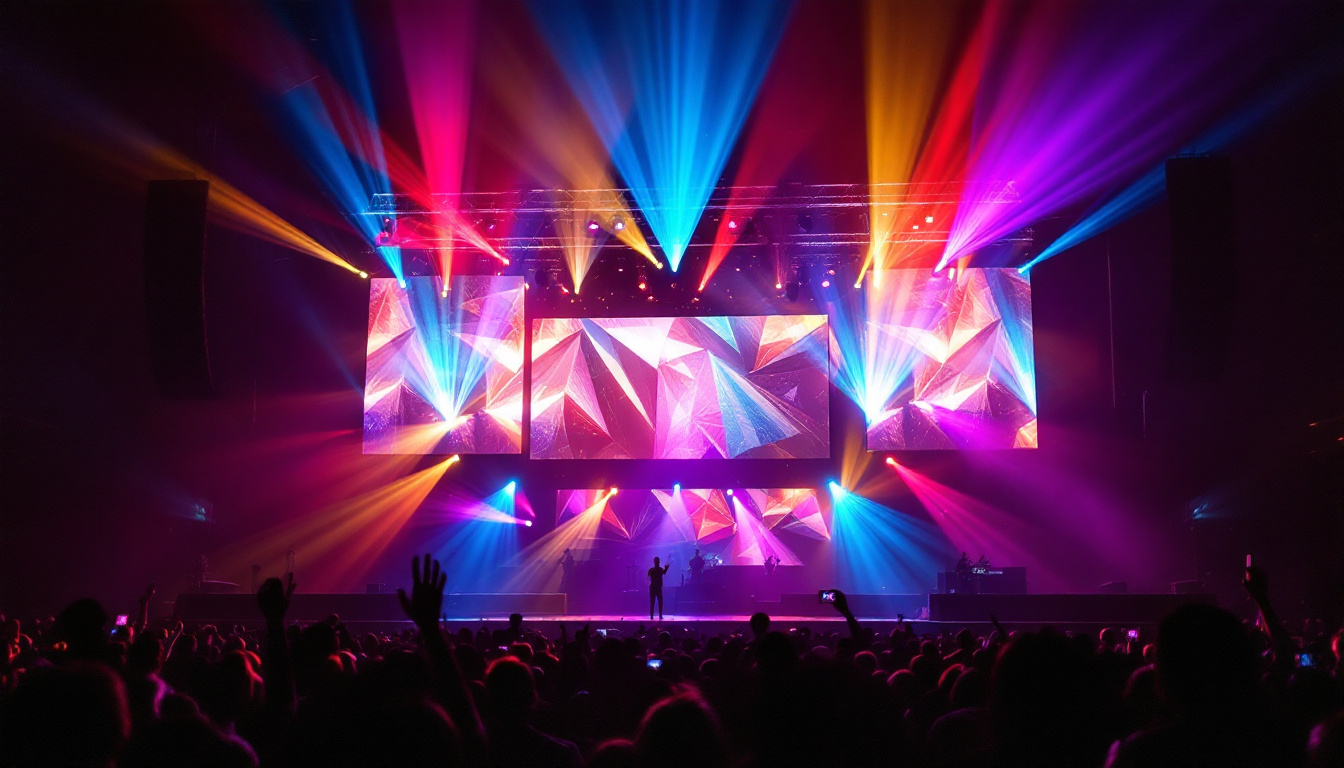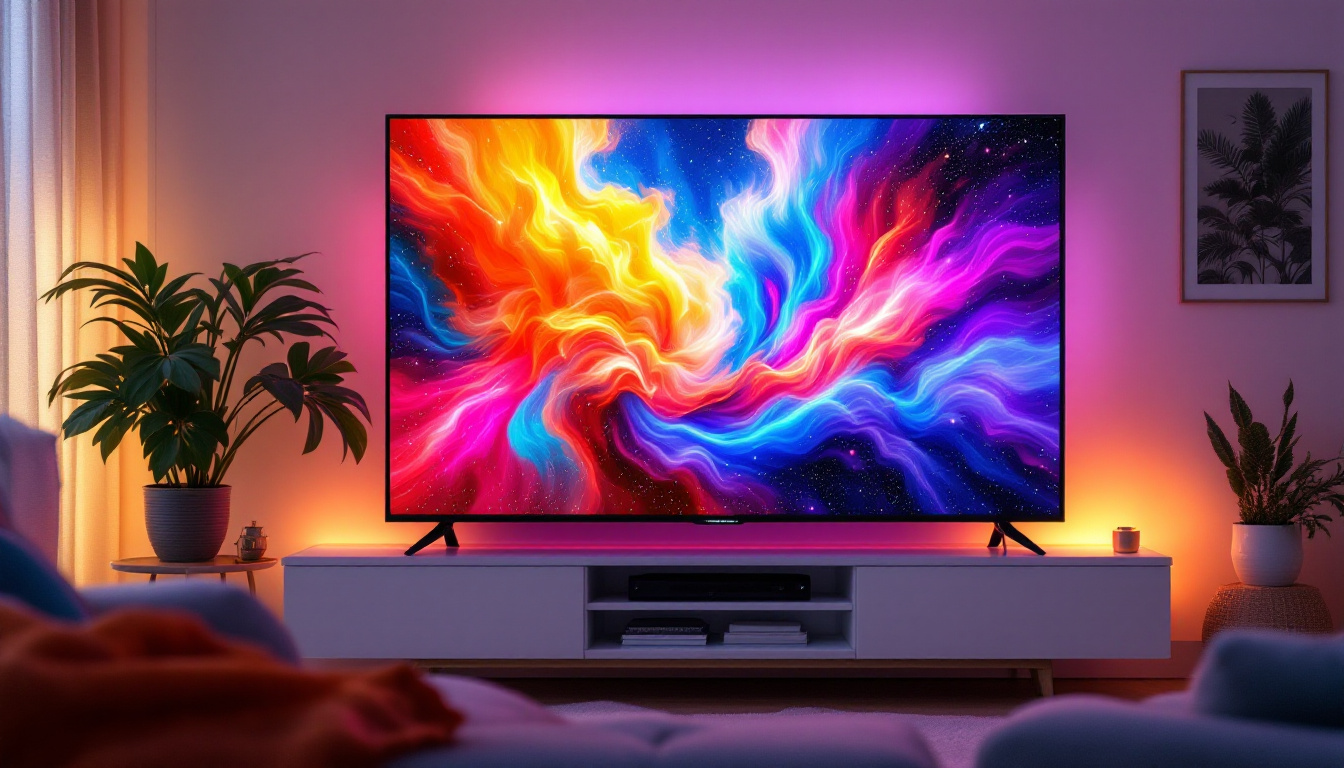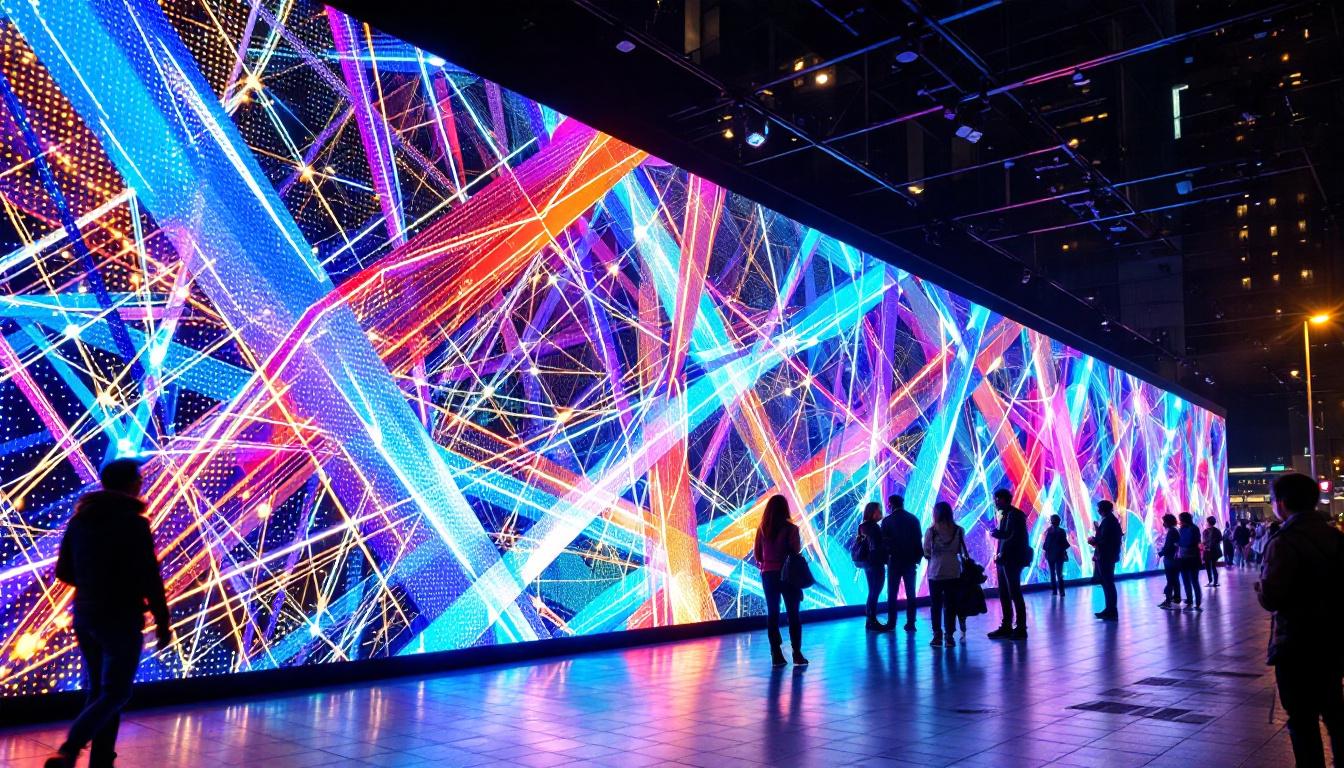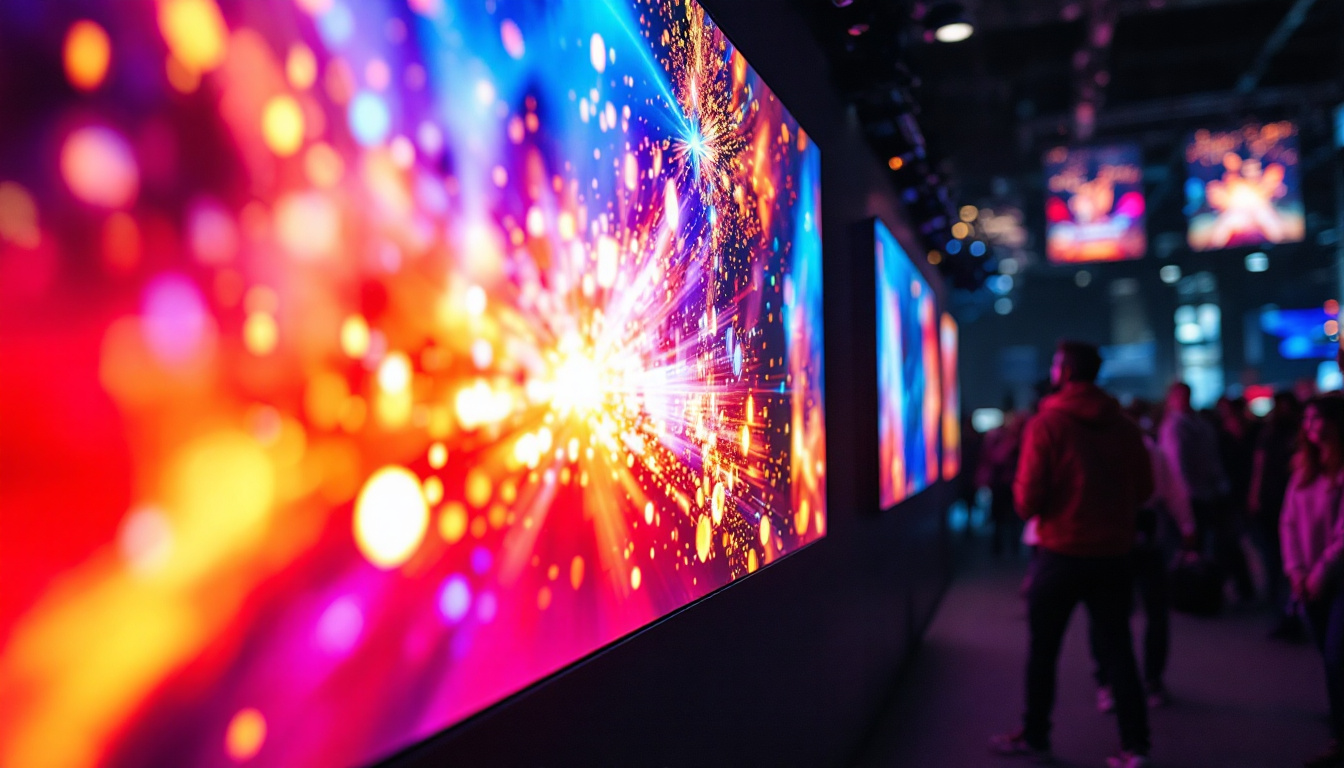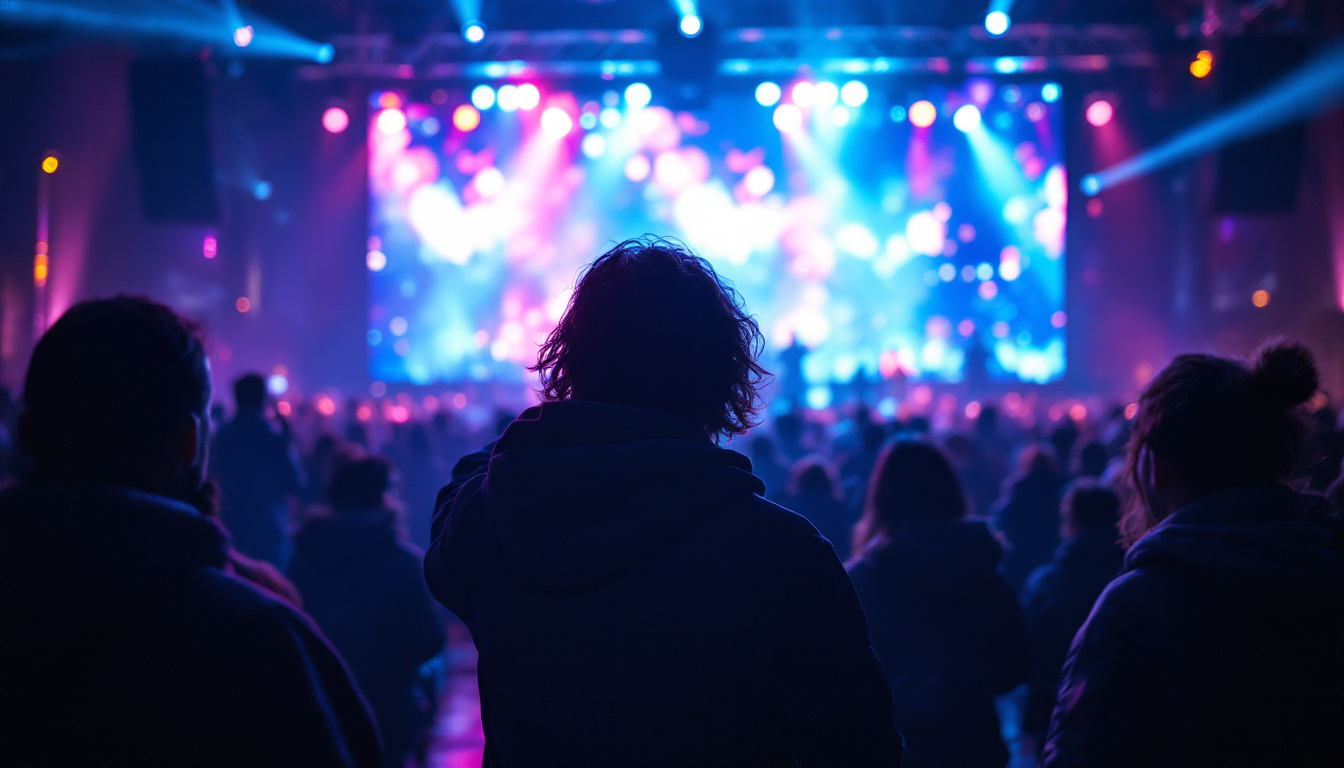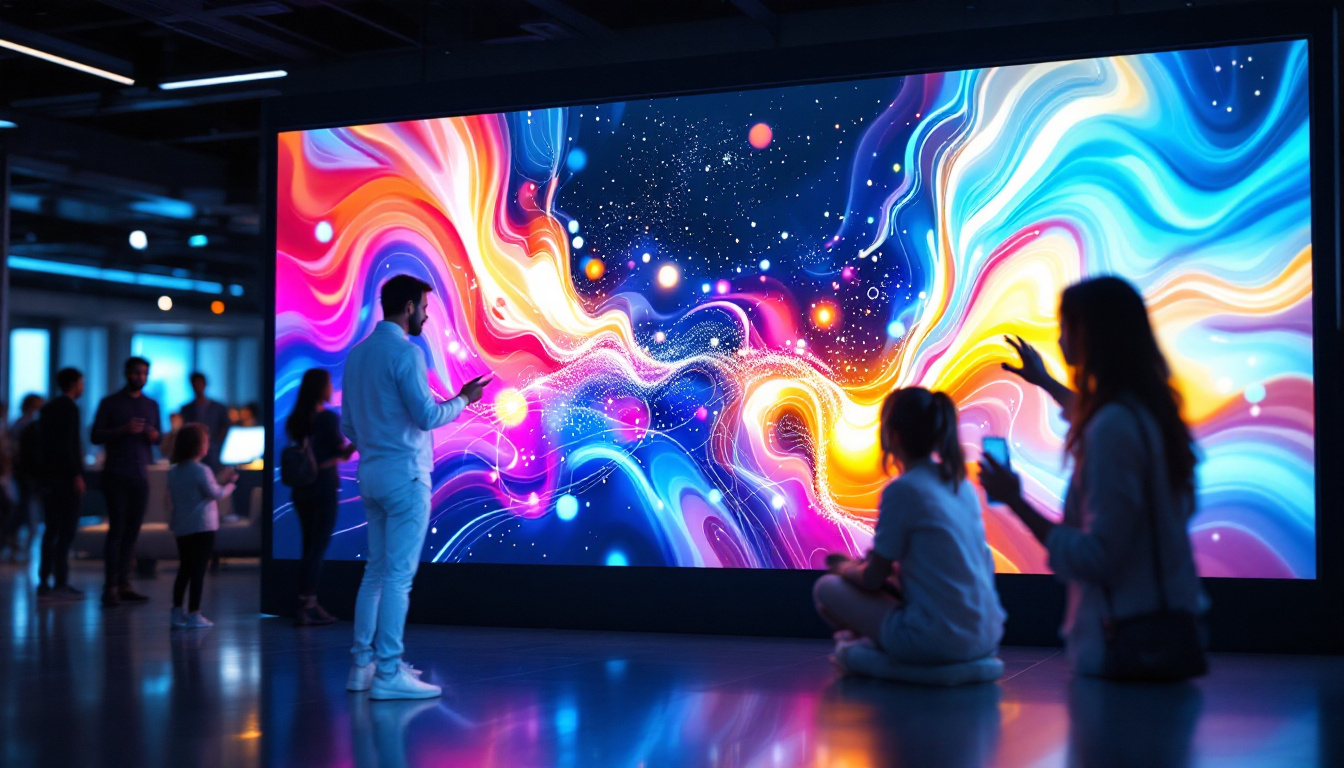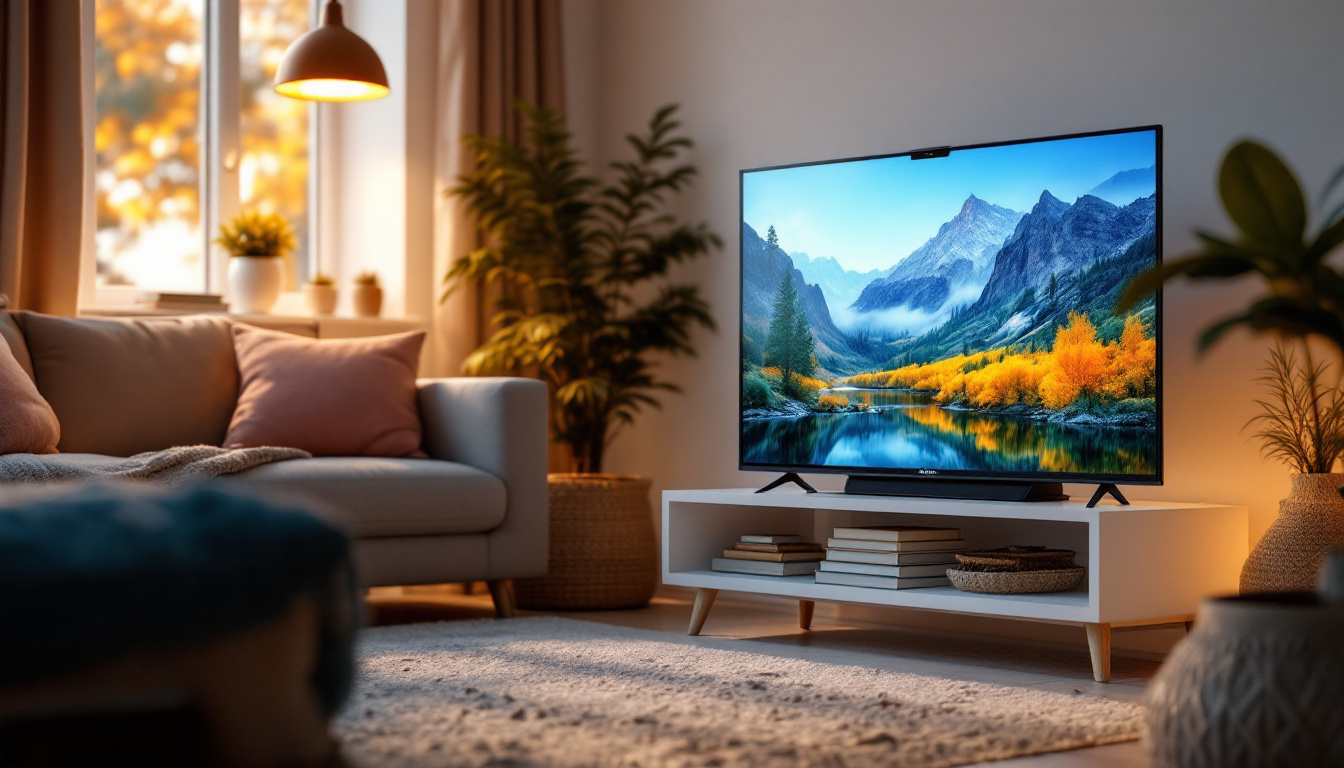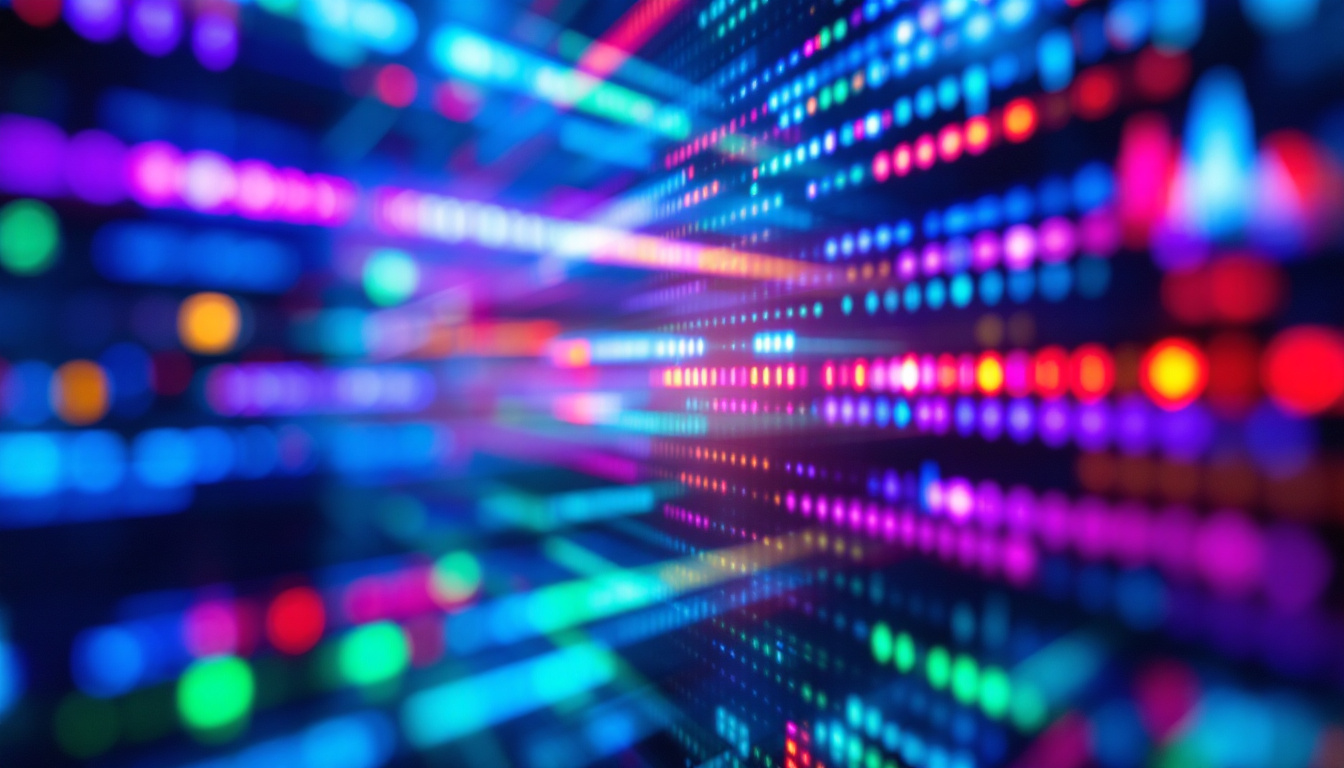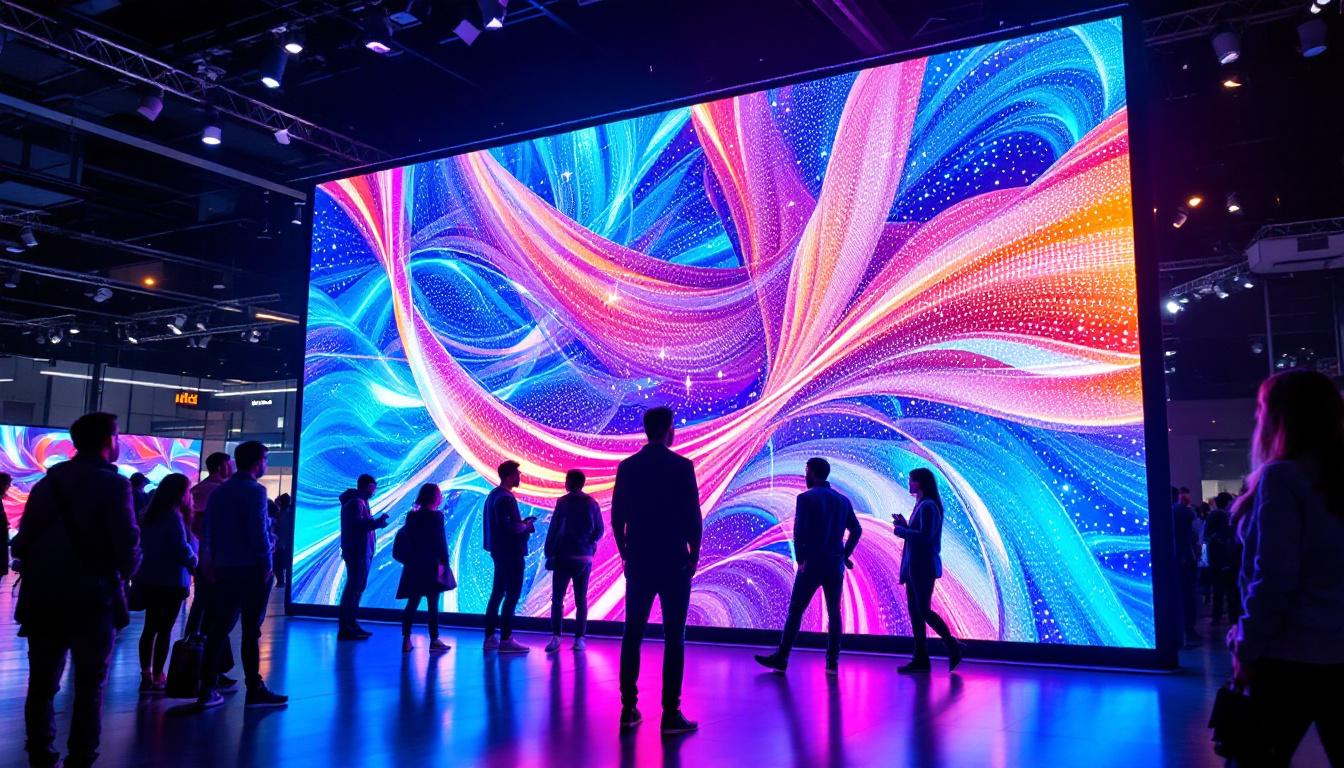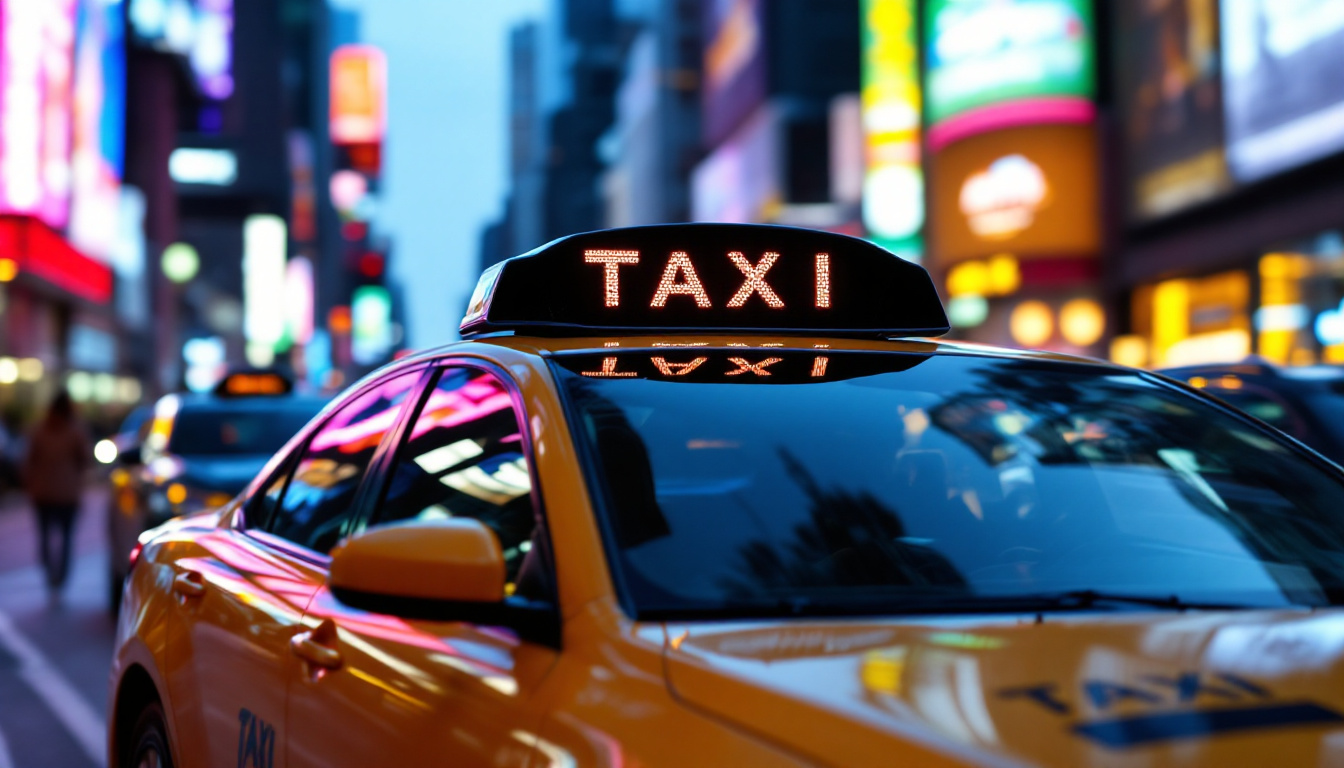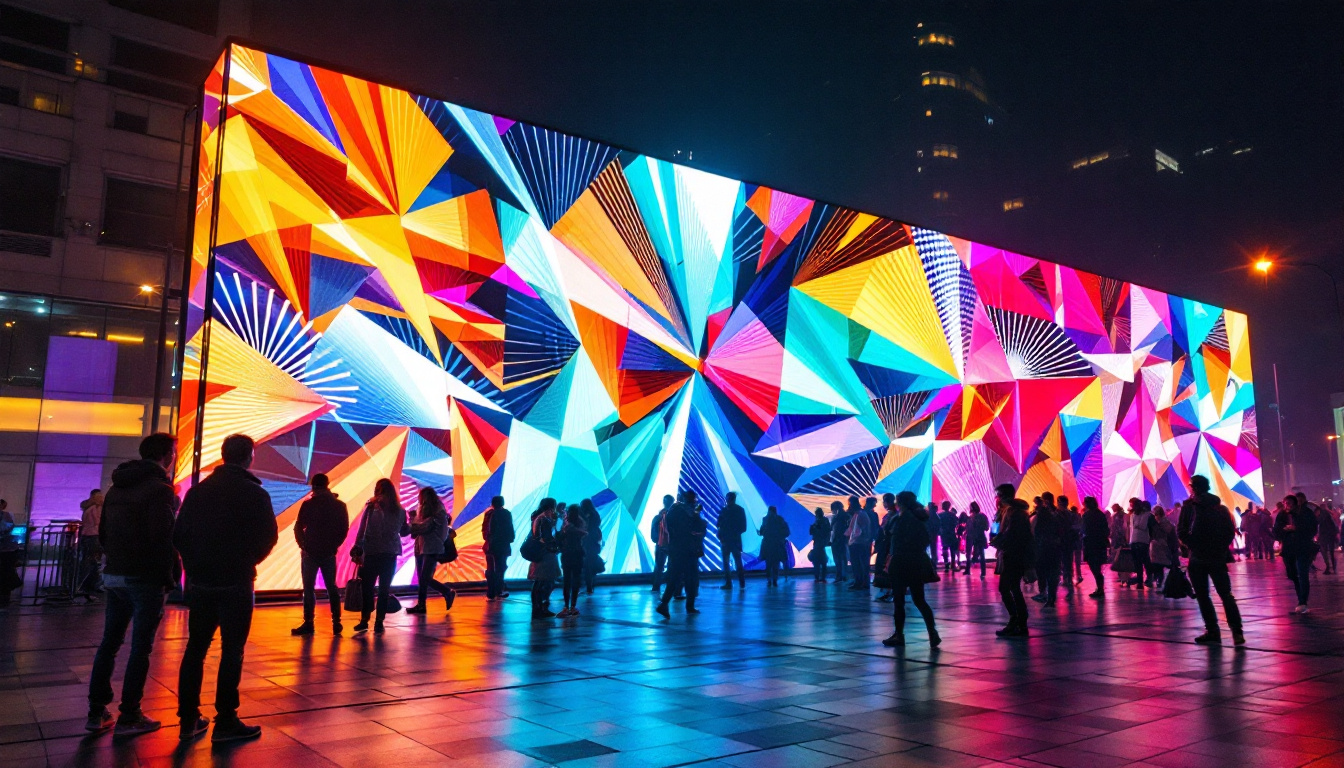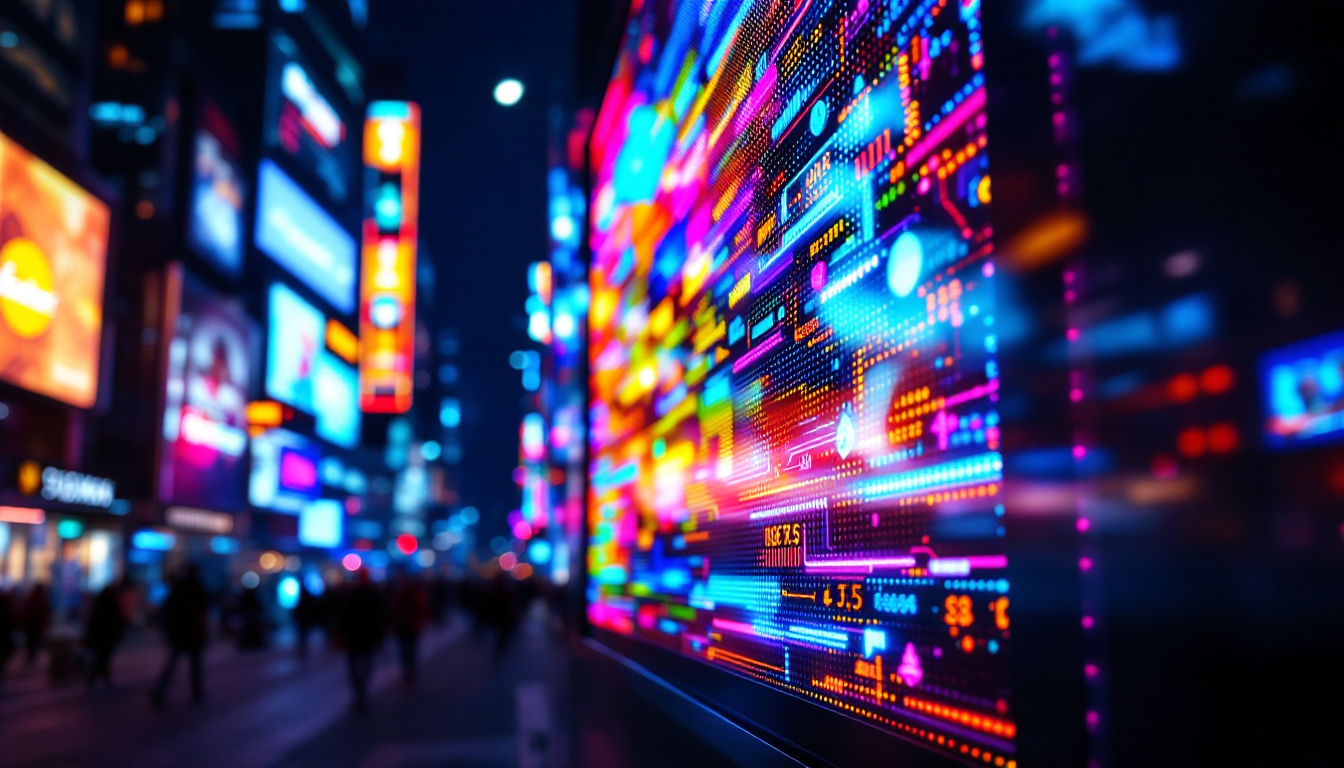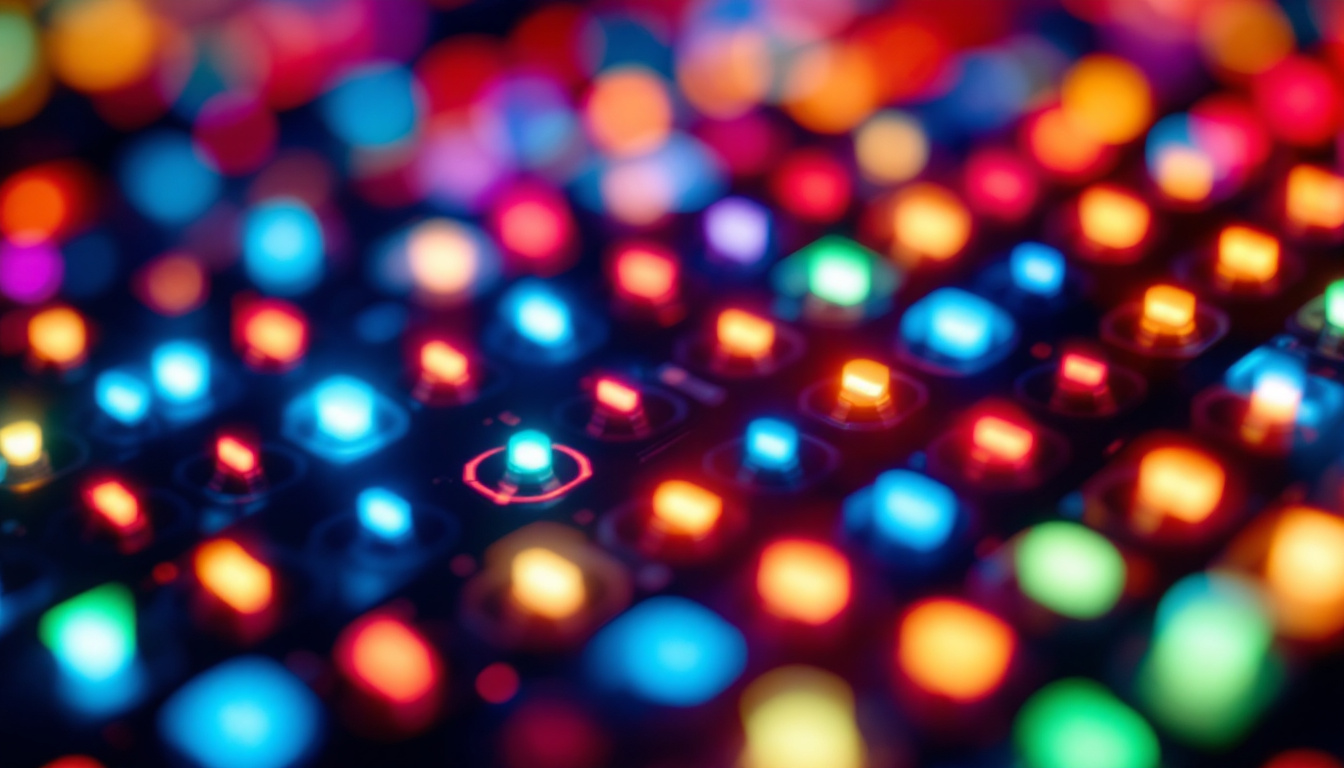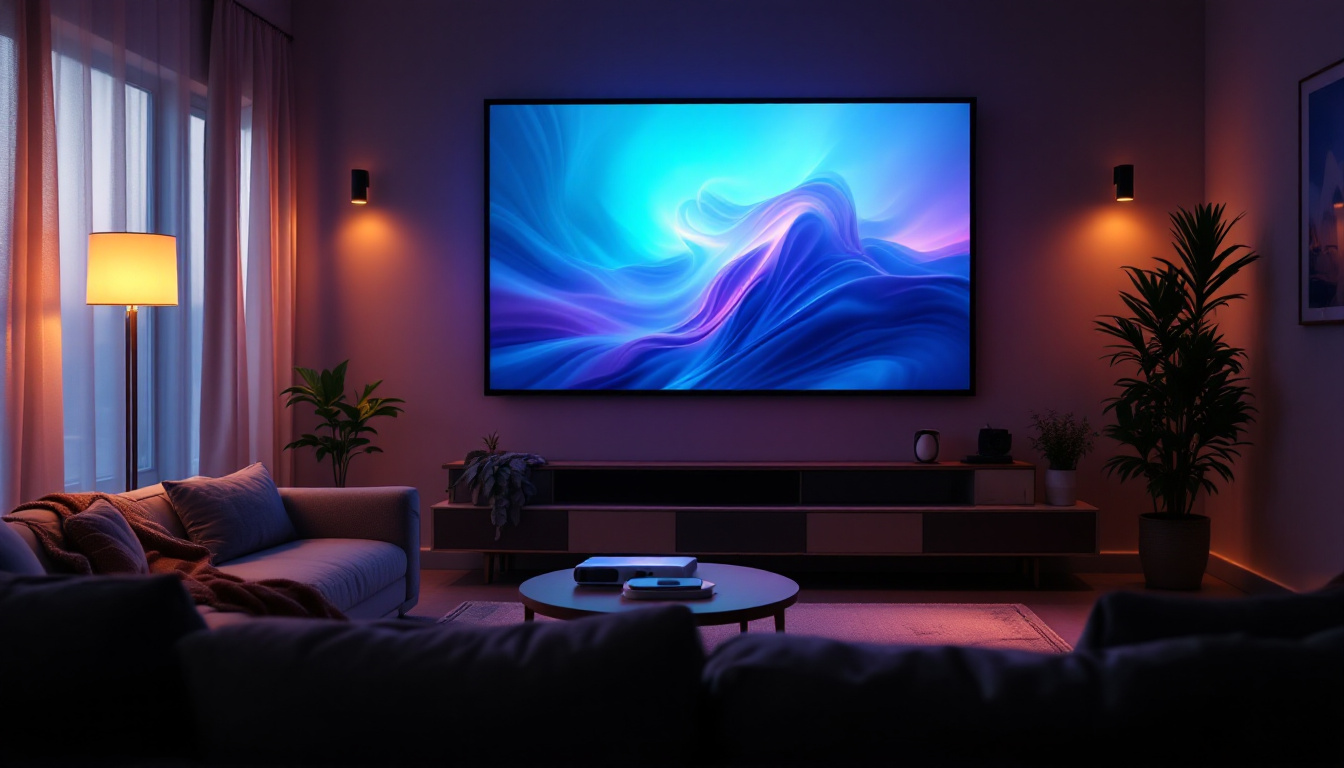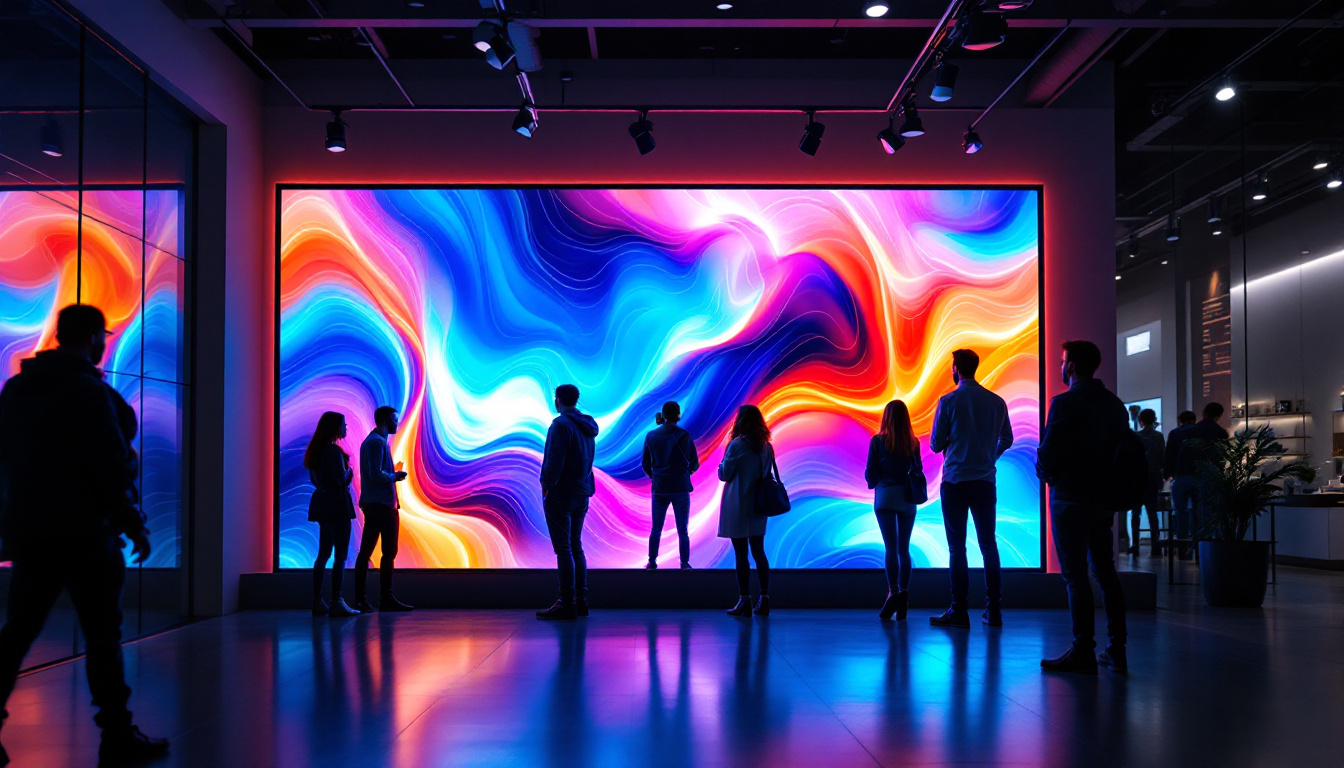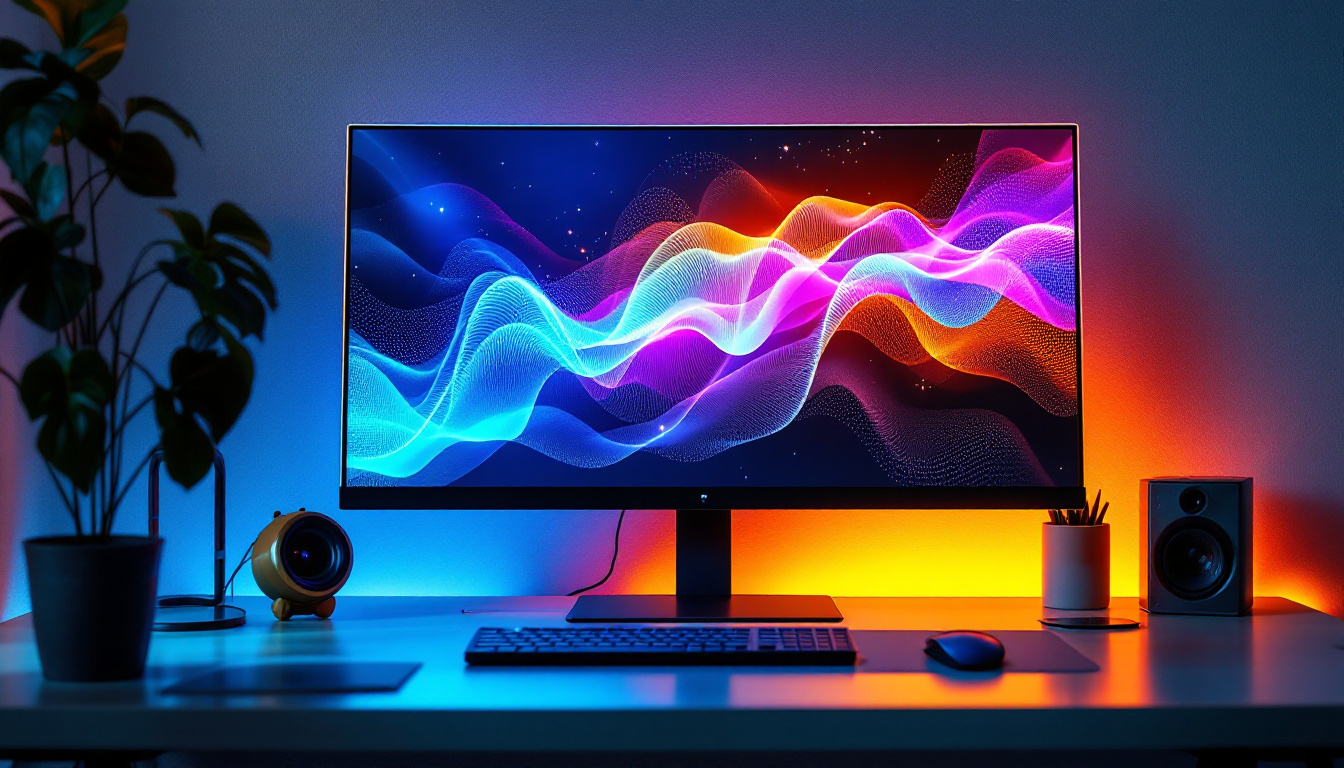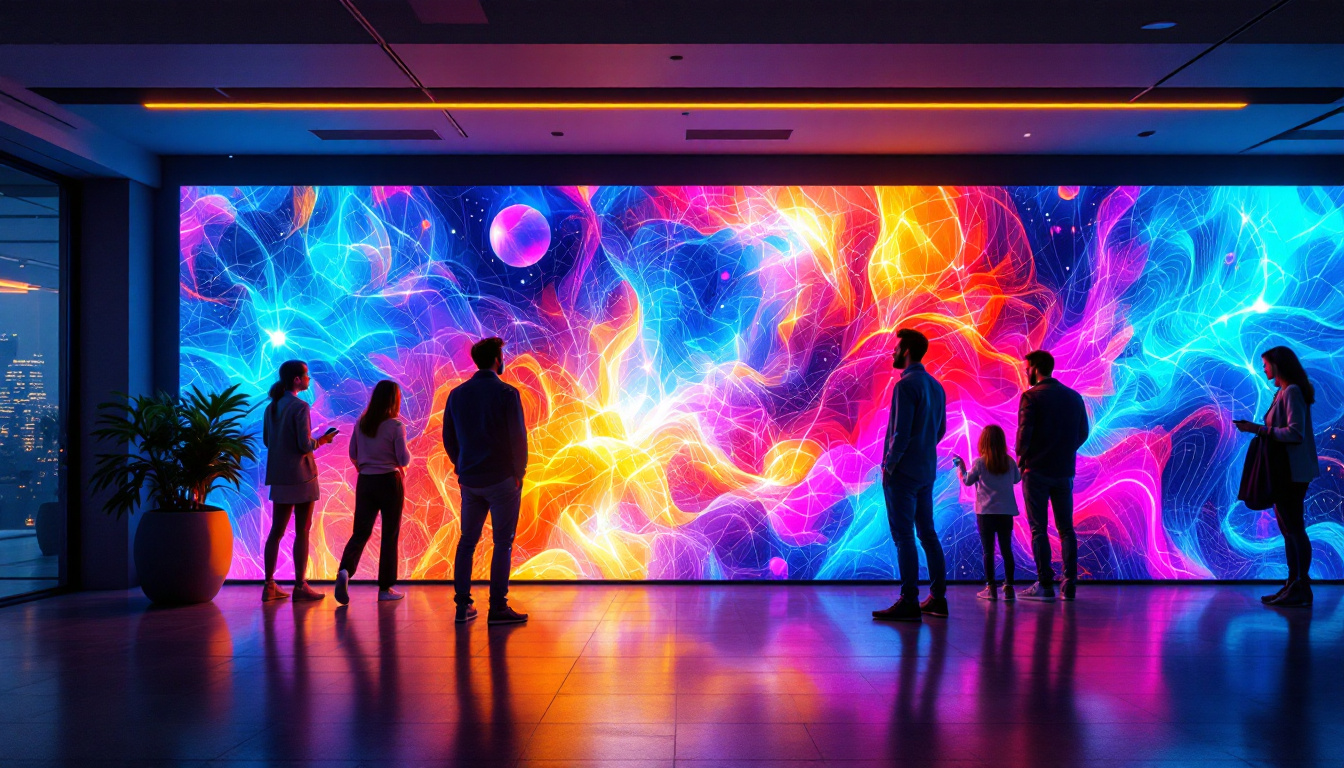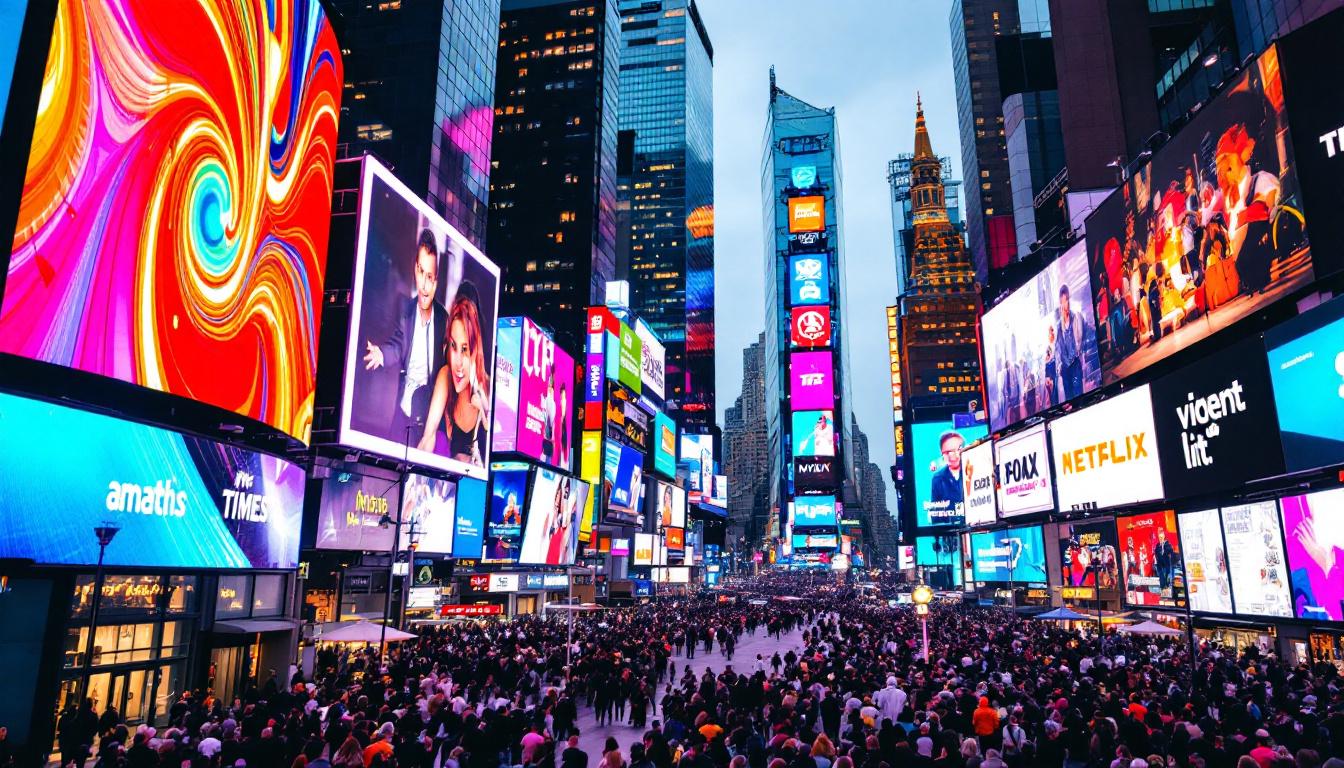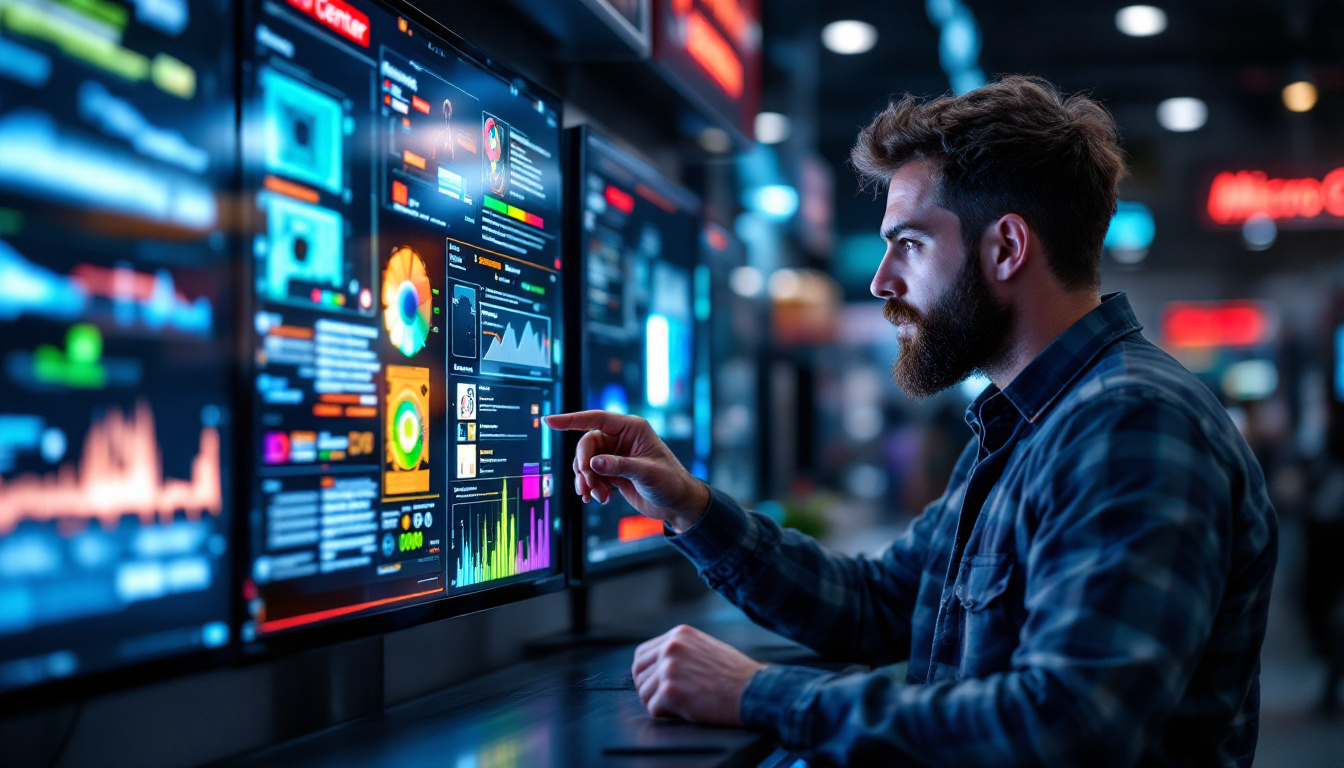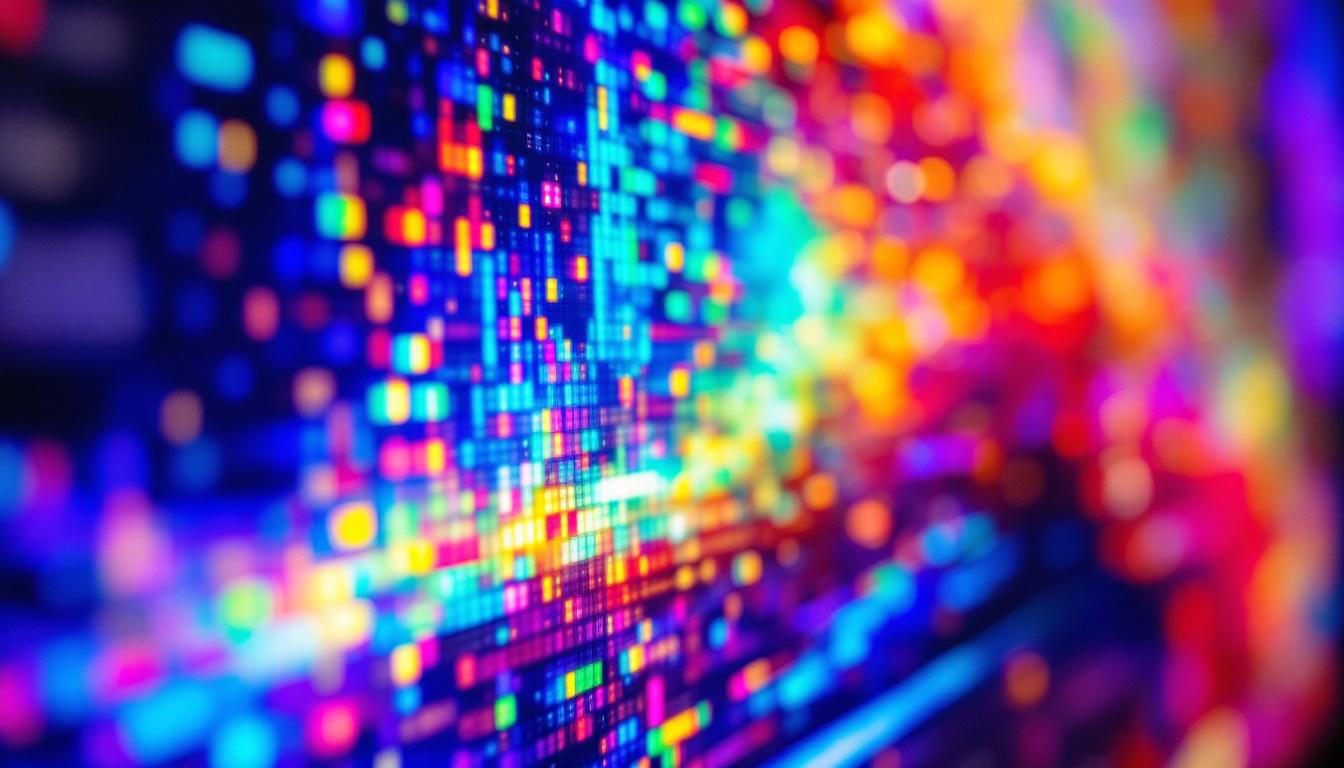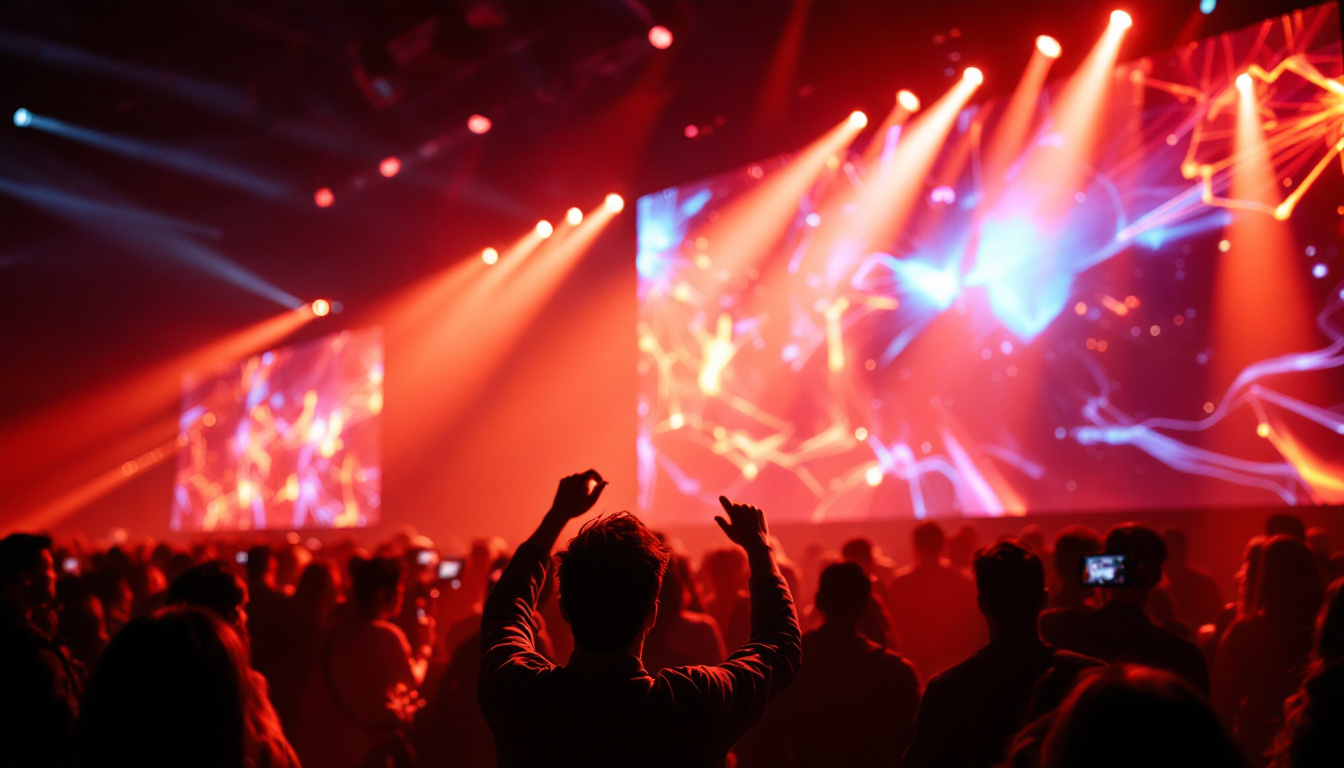In today’s fast-paced digital world, visual communication has become paramount. One of the most effective ways to convey information quickly and attractively is through LED display boards. These vibrant, dynamic screens are not just eye-catching; they also serve a multitude of purposes across various industries. This article delves into the intricacies of LED display boards, exploring their technology, applications, and benefits.
Understanding LED Technology
LED, or Light Emitting Diode, technology has revolutionized the way we display information. Unlike traditional display technologies, LEDs offer a range of advantages that make them particularly suitable for large-scale displays. Their energy efficiency, longevity, and ability to produce vibrant colors have made them a popular choice for everything from billboards to television screens, fundamentally changing how we interact with visual media.
How LED Displays Work
LED displays consist of numerous small diodes that emit light when an electric current passes through them. These diodes are arranged in a grid format, allowing for the creation of images and text by varying the intensity of light emitted from each diode. The result is a bright, colorful display that can be seen from great distances. The technology behind LED displays can be categorized into two main types: direct view and rear projection. Direct view LED displays are made up of individual LED modules that create the entire image directly, while rear projection displays use LED light sources to project images onto a screen from behind.
In addition to their basic functionality, LED displays utilize advanced technologies such as pixel mapping and color calibration to enhance the viewing experience. Pixel mapping allows for precise control over each individual diode, enabling the display of complex images and animations with stunning clarity. Color calibration ensures that the colors produced are consistent and true to life, which is particularly important in applications like digital signage and broadcasting where color accuracy is paramount.
Types of LED Displays
LED displays come in various forms, each designed for specific applications. The most common types include:
- Indoor LED Displays: Typically used in venues like theaters, conference rooms, and shopping malls, these displays offer high resolution and vibrant colors, making them ideal for close viewing.
- Outdoor LED Displays: Built to withstand harsh weather conditions, outdoor displays are larger and brighter, ensuring visibility even in direct sunlight. These displays often feature protective coatings and enhanced cooling systems to maintain performance in extreme temperatures.
- Transparent LED Displays: These innovative displays allow light to pass through, making them suitable for use in storefronts and exhibition spaces where visibility is essential. Their unique design not only provides a stunning visual effect but also allows for creative advertising solutions that do not obstruct the view of the products behind them.
Moreover, there are also specialized LED displays such as flexible LED screens that can be bent and shaped to fit unconventional spaces, and 3D LED displays that create immersive visual experiences. These advancements in LED technology continue to push the boundaries of what is possible in visual communication, making it an exciting field to watch as it evolves.
Applications of LED Display Boards
The versatility of LED display boards has led to their adoption across various sectors. From advertising to information dissemination, these displays serve numerous purposes.
Advertising and Marketing
One of the most prominent applications of LED displays is in advertising. Businesses use these boards to showcase products, promotions, and events in a visually appealing manner. The dynamic nature of LED displays allows for changing content, ensuring that advertisements remain fresh and engaging.
Moreover, the ability to display video content makes LED boards an effective tool for storytelling. Brands can create immersive experiences that capture the attention of potential customers, driving foot traffic and increasing sales. The integration of interactive elements, such as QR codes or touch-sensitive features, further enhances customer engagement, allowing audiences to connect with brands on a deeper level.
Transportation and Public Information
LED displays play a crucial role in transportation systems. Airports, train stations, and bus terminals utilize these screens to provide real-time information about arrivals, departures, and delays. The clarity and brightness of LED displays ensure that passengers can easily read important information, even in crowded or noisy environments.
Additionally, LED boards are used in public spaces to convey messages about safety, weather updates, and emergency alerts, enhancing public awareness and safety. These displays can also be programmed to provide multilingual information, catering to diverse populations and improving accessibility for travelers from different backgrounds. This adaptability makes LED displays invaluable in fostering a more informed and connected community.
Entertainment and Events
In the entertainment industry, LED displays are ubiquitous. Concerts, sports events, and festivals often feature large LED screens that enhance the audience’s experience. These displays can show live feeds, graphics, and animations, creating a more engaging atmosphere.
Furthermore, event organizers can use LED displays for branding and sponsorship opportunities, allowing for additional revenue streams while providing visibility for sponsors. The flexibility of LED technology enables organizers to customize content for different audiences, ensuring that each event feels unique and tailored. Additionally, the use of LED displays in theme parks and attractions has transformed visitor experiences, with vibrant visuals that captivate guests and enhance storytelling throughout the park.
Benefits of LED Display Boards
The advantages of using LED display boards extend beyond their visual appeal. They offer numerous benefits that make them a preferred choice for many businesses and organizations.
Energy Efficiency
One of the standout features of LED technology is its energy efficiency. LED displays consume significantly less power compared to traditional display technologies. This not only reduces operational costs but also minimizes the environmental impact, making LED displays a sustainable choice. In fact, many businesses have reported energy savings of up to 80% when switching to LED displays, allowing them to allocate those savings towards other essential areas of their operations. Additionally, the lower energy consumption contributes to a reduced carbon footprint, aligning with the growing trend of eco-conscious business practices.
Longevity and Durability
LED displays are built to last. With a lifespan of up to 100,000 hours, these displays require minimal maintenance and replacement. Their robust construction makes them resistant to damage from environmental factors, ensuring they can withstand outdoor conditions without compromising performance. This durability is particularly advantageous for businesses that rely on continuous operation, as it minimizes downtime and the need for frequent repairs. Furthermore, many LED displays are designed with weatherproof and dustproof features, making them suitable for a variety of applications, from busy urban environments to remote locations.
High Visibility and Brightness
The brightness of LED displays is another key advantage. Capable of producing vibrant colors and high contrast, these displays remain visible in various lighting conditions, including direct sunlight. This feature is particularly beneficial for outdoor advertising and public information displays. Moreover, the ability to adjust brightness levels dynamically allows for optimal visibility at any time of day or night, ensuring that messages are effectively communicated to the audience. This adaptability also enhances the overall viewer experience, as the content can be tailored to capture attention more effectively, leading to increased engagement and interaction.
Versatility in Applications
Beyond their energy efficiency and durability, LED display boards are incredibly versatile, making them suitable for a wide range of applications. From digital billboards and sports arenas to retail environments and corporate events, these displays can be customized in size and shape to fit any setting. Their flexibility allows businesses to create eye-catching content that can be updated in real-time, providing a dynamic platform for promotions, announcements, and entertainment. This adaptability not only enhances brand visibility but also allows for creative storytelling, enabling organizations to connect with their audience in innovative ways.
Enhanced Communication
LED display boards also play a crucial role in enhancing communication strategies. By utilizing high-resolution graphics and animations, businesses can convey complex messages quickly and effectively. This is particularly important in fast-paced environments where capturing attention is essential. Furthermore, the integration of interactive features, such as touch screens or QR codes, can facilitate direct engagement with viewers, allowing them to access additional information or participate in promotions seamlessly. As a result, LED displays not only serve as a medium for information dissemination but also foster a two-way communication channel that can significantly enhance customer experiences.
Challenges and Considerations
While LED display boards offer numerous benefits, there are also challenges and considerations to keep in mind when implementing this technology.
Initial Investment Costs
The upfront cost of purchasing and installing LED displays can be significant. Businesses must weigh the initial investment against the long-term benefits, including energy savings and reduced maintenance costs. For many, the return on investment justifies the expense, especially in high-traffic areas where visibility is crucial.
Content Management
Another challenge lies in content management. To maximize the effectiveness of LED displays, businesses must regularly update content to keep it relevant and engaging. This requires a dedicated team or software solutions to manage and schedule content efficiently.
Technical Expertise
Operating and maintaining LED displays may require technical expertise, particularly for complex installations. Organizations may need to invest in training staff or hiring specialists to ensure optimal performance and troubleshooting.
The Future of LED Display Technology
The future of LED display technology looks promising, with advancements continually pushing the boundaries of what is possible. Innovations in design, resolution, and interactivity are set to enhance the user experience further.
Advancements in Resolution
As technology progresses, the resolution of LED displays continues to improve. High-definition and ultra-high-definition displays are becoming more common, allowing for sharper images and more detailed content. This trend is particularly important for applications requiring precision, such as medical imaging and broadcasting.
Interactive Displays
Interactive LED displays are gaining traction, enabling users to engage with content in real-time. Touchscreen capabilities and gesture recognition technology are transforming how audiences interact with information, making it more engaging and personalized.
Integration with Smart Technology
The integration of LED displays with smart technology is another exciting development. With the rise of the Internet of Things (IoT), LED displays can be connected to various data sources, allowing for real-time updates and dynamic content tailored to specific audiences. This capability enhances the relevance and impact of displayed information.
Conclusion
LED display boards have emerged as a powerful tool for communication in various sectors. Their vibrant visuals, energy efficiency, and versatility make them an ideal choice for advertising, public information, and entertainment. While there are challenges associated with their implementation, the benefits often outweigh the drawbacks, making LED displays a worthwhile investment.
As technology continues to evolve, the future of LED displays promises even more exciting possibilities. From advancements in resolution to interactive capabilities, these displays are set to play an increasingly vital role in how information is shared and consumed. Embracing this technology can lead to enhanced engagement, improved communication, and a competitive edge in today’s digital landscape.
Illuminate Your Message with LumenMatrix
Ready to elevate your visual communication and captivate your audience like never before? Discover the innovative world of LumenMatrix LED display solutions. From vibrant Indoor LED Walls to dynamic Outdoor Displays, and from sleek LED Posters to immersive Floor LED Displays, LumenMatrix offers a comprehensive range of products designed to revolutionize your brand’s presence. Embrace the future of digital signage with our cutting-edge technology that promises not just to display your message, but to make it resonate with impact and clarity. Check out LumenMatrix LED Display Solutions today and transform the way you connect with your audience.

